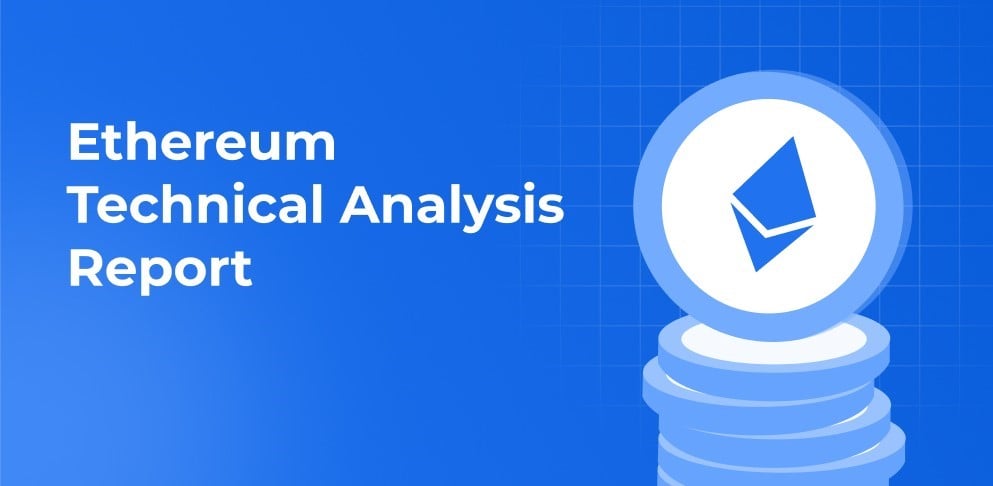Introduction
A large population in many countries do not have access to basic financial services. CBDCs can give individuals easy access to financial services and products. Inclusive growth in economies can be achieved when vital resources are allotted to the majority of the population, and financial inclusion is one of the methods to attain inclusive growth. CBDCs in developing countries can provide access to financial services to the unbanked population.
Understanding Financial Inclusion
Financial inclusion means people have access to financial services that fulfill their requirements of transactions, savings, and insurance. Financial inclusion is crucial to economic development as it is the stepping stone for all development activities.
Countries must create financial literacy programs to ensure citizens choose the right financial services and make sound financial decisions. Governments should also provide valid identification documents to their populations to transfer social benefits.
A financial exclusion means no access to basic financial services like pensions, savings accounts, and many other basic necessities. It can also lead to the disconnection of vital utilities and debt.
Read more: What is CBDC
CBDC as an Enabler of Financial Inclusion
There are many advantages which CBDCs can provide for the unbanked population.
- Streamlining the small-value transaction system
- Enabling greater user trust in digital financial services
- Enhancing efficiency in transactions
- Reducing costs
Addressing Barriers to Financial Inclusion
CBDCs will most likely experience the same issues that conventional financial systems have faced in expanding their reach to the unbanked. The underprivileged population faces problems such as lack of access to hardware, inadequate technical infrastructure, lack of awareness, and lack of digital literacy.
Read more: Pros and Cons of CBDC
Designing CBDC for Financial Inclusion

Governments need to consider several key features and functions when designing their CBDC. Features like ownership verification through a token-based or account system, custodial or non-custodial settings, and choosing which parties can access it as a retail or wholesale CBDC. These design features can impact the potential of a CBDC to address market needs and financial inclusion. Governments have to ensure their designs can solve financial-related issues faced by citizens.
Vital infrastructure requirements such as internet coverage, smartphone access, stable electricity, and a digital identity system impact the design and implementation of CBDCs. Additionally, it is crucial to understand that consumer needs differ between economies and cultures when designing CBDCs.
Collaborations with Financial Institutions
There is no single solution for CBDC adoption in a local economy or a global system. CBDCs can integrate with the existing financial system as a medium of exchange or store of value. CBDC integration with the current systems is vital, as it can enhance financial inclusion for the unbanked. The design of a CBDC should incorporate several key elements to collaborate with existing financial systems seamlessly. These elements include ensuring a secure mechanism for determining digital identity. This feature can help central banks effectively manage KYC processes. Interoperability, the ability to seamlessly exchange information, is another vital feature to enhance financial inclusion, as high interoperability can lead to greater CBDC adoption.
Educating and Empowering Users
There is still not enough awareness of CBDCs among the general public, and a clear communication strategy is needed to promote them in the market. Marketing strategies should include various social media channels to reach different user groups. Another way to boost end-user adoption is by promoting CBDC within government agencies and departments.
Monitoring and Evaluation
It is vital to measure the effectiveness of the adoption strategy to get valuable knowledge on potential areas of improvement. Some of these metrics include active wallets, payment transaction value, and any change in payment habits. Economic metrics should be measured to analyze the long-term impact of a CBDC implementation.
Case Studies
The Central Bank of the Bahamas launched the Sand Dollar, a digital version of its currency, in 2020. It aims to make digital financial services more accessible to the underserved population. Users have to go through KYC and AML (Anti-Money Laundering) processes before transacting with it. Nigeria launched its CBDC project in October 2021, known as eNaira. It is issued by its central bank and is used as a medium of exchange, a store of value, or a unit of account. Nigeria has a significant population that does not have access to basic financial services, and eNaira aims to enhance its financial inclusion.
Read more: CBDC vs Crypto
Conclusion
Governments have to consider several key design features and functions so that their CBDC can fulfill local financial needs. CBDC offers several benefits to the unbanked, such as reducing costs, enhancing user trust, and increasing efficiency in transactions. It has the potential to empower individuals by giving them access to financial services, enhancing financial inclusion, and achieving inclusive growth in countries.
Visit ZebPay blogs to stay up to date about the latest crypto news. Join the millions of traders already using ZebPay.







